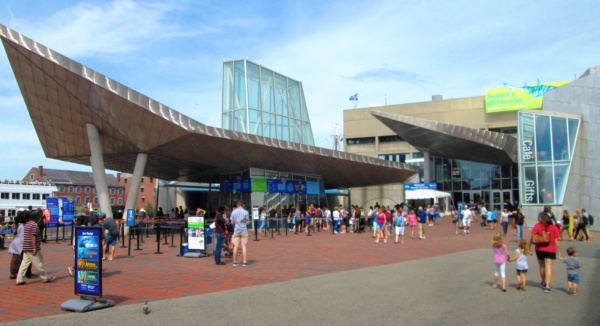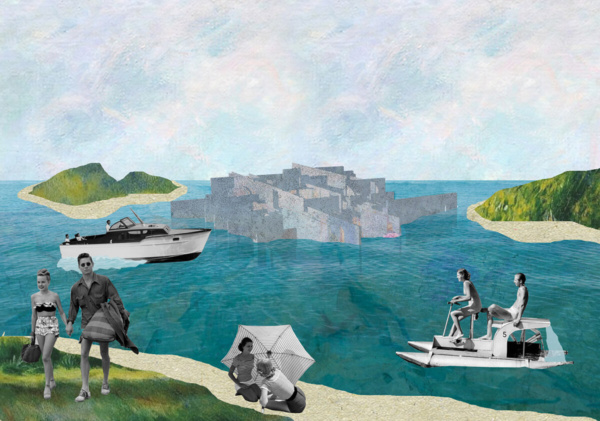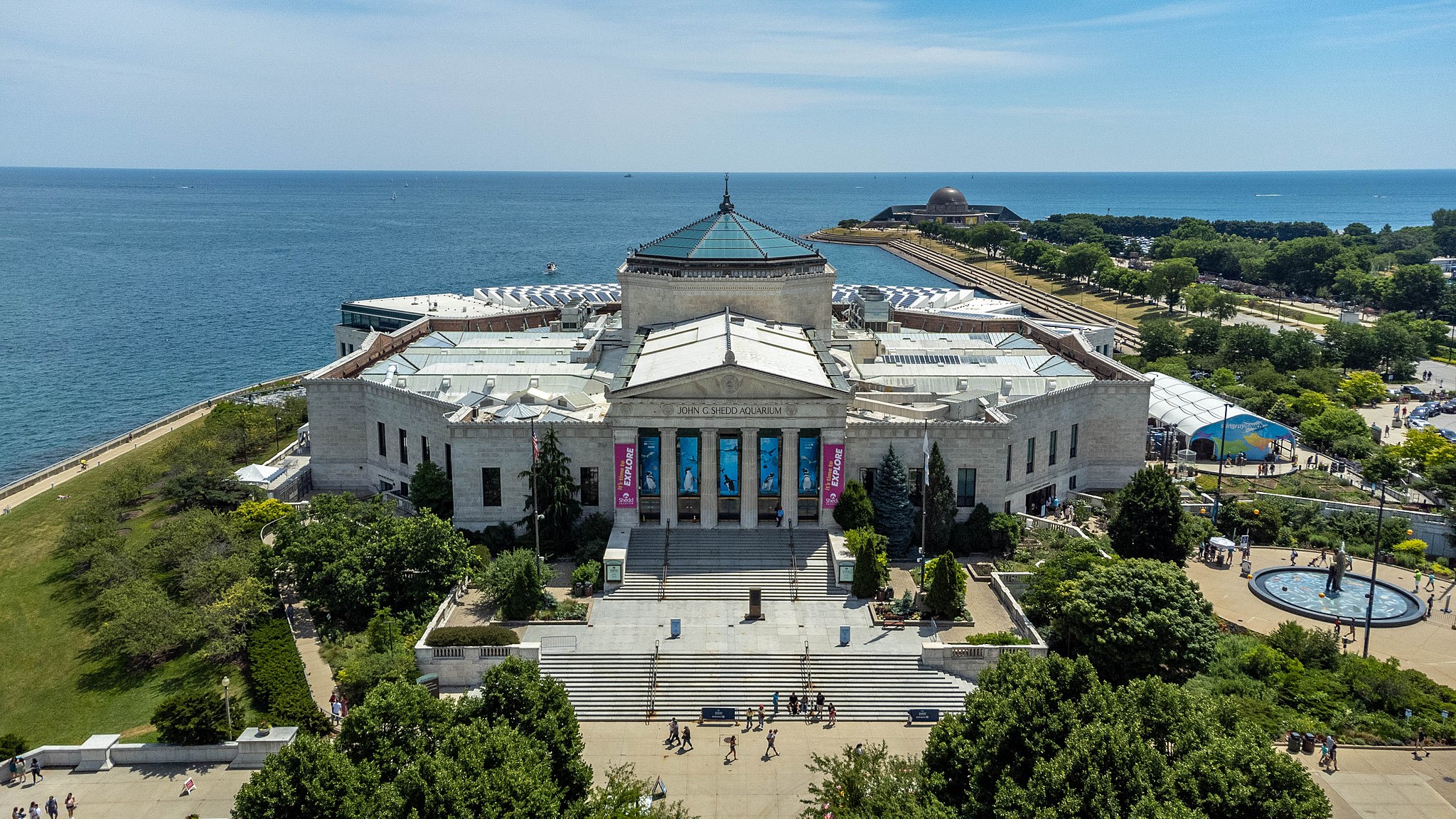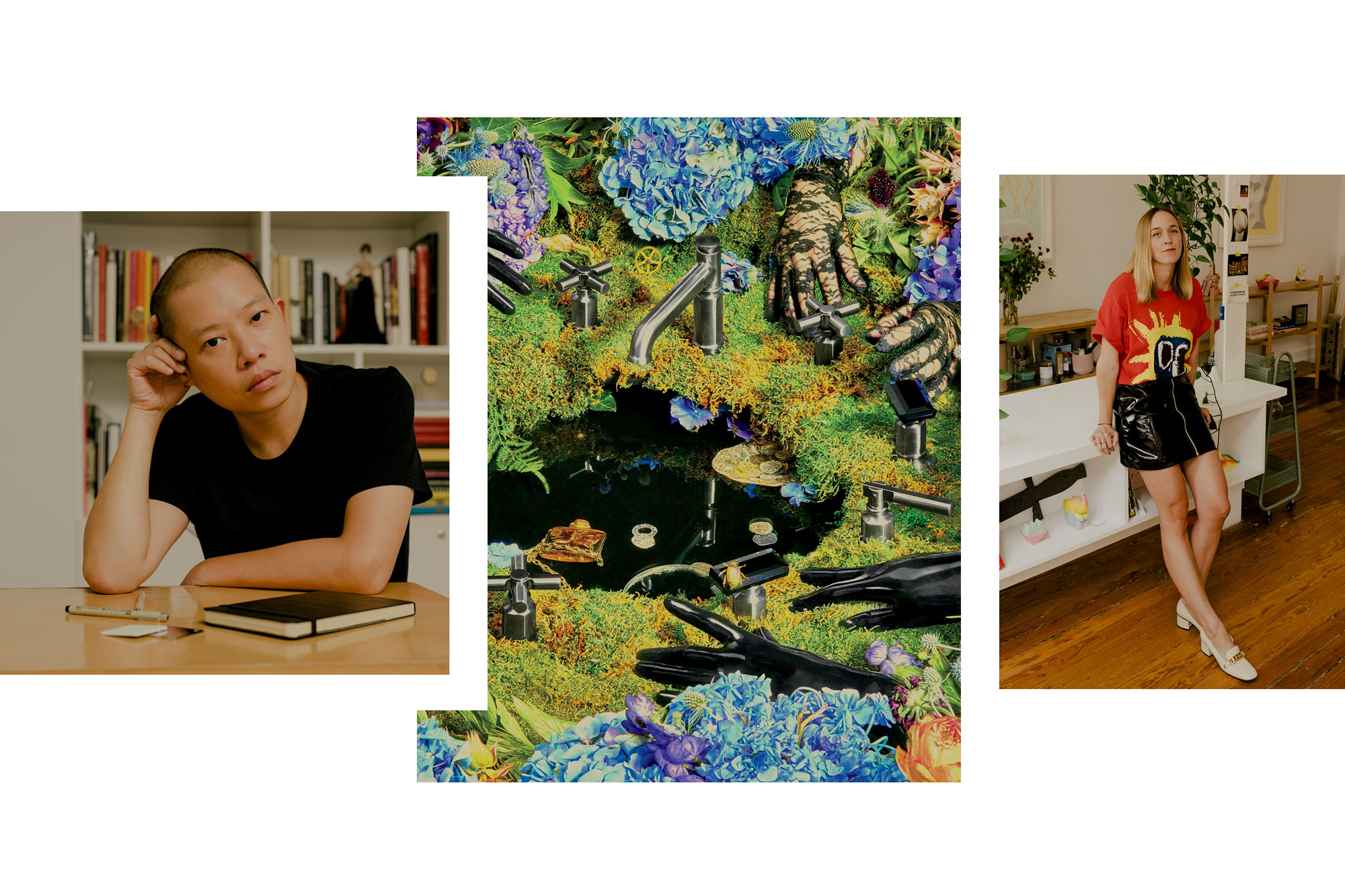Aquariums are more than a collection of tanks filled with aquatic life. They are marvels of modern architecture, a fusion of design and technology that recreates the magic of underwater ecosystems. The architecture of aquariums is a specialized discipline, one that requires a deep understanding of not only structural and aesthetic considerations but also the life-support systems needed to sustain a diverse range of marine life.

The New England Aquarium in Boston, Massachusetts, which includes the Matthew and Marcia Simons IMAX Theatre. The main building was designed by Peter Chermayeff of Cambridge Seven Associates, and opened to the public in 1969. The Giant Ocean Tank opened in 1970, and at the time was the largest circular ocean tank in the world; it was renovated in 2013. A west wing designed by Schwartz/Silver Architects was completed in 1998. The IMAX theatre opened in 2001 in a building designed by E. Verner Johnson and Associates.
Aquarium architecture as we know it today began to take shape in the 20th century, with a competition-winning design for the New England Aquarium setting a precedent for immersive visitor experiences that combine education, conservation, and enjoyment. This typology has been evolving ever since, with design trends responding to our expanding knowledge of marine biology, environmental concerns, and advancements in technology.

Research Center Of The Sea Of Cortes. Photo courtesy of Tatiana Bilbao Estudio.
One example of this evolution is the Mazatlán Aquarium designed by Tatiana Bilbao. This aquarium, built on the Mexican coastline, is a marvel of design that merges with its natural surroundings. Designed to resemble a ruin or shipwreck, the building is an open grid, dividing the interior into different sections that each represent a unique marine ecosystem. Its design emphasizes the convergence of sea and terrestrial nature with architecture, with indigenous plants and vines draped over the concrete walls both inside and outside, giving the project a unique identity. This design strategy allows nature to live and grow on the structure, reinforcing the idea of the building as a ruin and creating an immersive experience for visitors.
In contrast to Bilbao’s approach, Italian architect Piero Lissoni‘s speculative design for a site on New York’s East River takes a different route. Lissoni’s ‘Aquatrium’ is a submerged circular aquarium that offers an immersive experience where visitors feel as though they are entering the water themselves. This design includes a series of eight bubble-like “biomes” hosting sea life from various oceans and seas, and a central iceberg symbolizing the North and South Poles. By night, a grass-topped sliding roof covers the space, turning it into a planetarium, thereby extending the utility of the space and enhancing the visitor experience.

The Jardin zoologique at the Bois de Boulogne included an aquarium that housed both fresh and salt water sea animals. The interior is depicted here.
Aquarium architecture is not without its challenges. For one, architects must balance the need for visitor engagement with the wellbeing of the animals. This has led to a shift in design practices, with many aquariums moving away from live shows and focusing on creating environments that respect the intelligence of aquatic animals and improve their quality of life.
Moreover, aquariums require complex life-support systems to maintain the health of the marine life they house. These systems must manage water quality, temperature, lighting, and other factors crucial to the animals’ survival. As such, modern aquarium design has begun incorporating sustainable system designs to reduce water use and energy consumption. These include heat recovery systems, direct current variable speed pumps, and barrel-filter filtration systems to enhance efficiency and performance of the life-support systems.
Aquarium architecture is also adapting to changes in societal attitudes towards captivity. As public opinion shifts towards fewer captive animals and more humane treatment, many aquariums are integrating virtual exhibits. These exhibits can provide educational experiences that equal or surpass those offered by live animals, without the ethical concerns of keeping animals in confinement.
The future of aquarium architecture will likely see continued evolution in these areas, as well as new developments driven by technology. For instance, there is a growing trend towards integrating aquarium design with STEM (Science, Technology, Engineering, and Mathematics) education. Many aquariums now include interactive classrooms where students can explore themes like fishery management, ocean preservation, and habitat stewardship. Developing an interest in aquarium architecture in students will likely bring new ideas and enthusiasm into the field, especially where the design overlaps with sustainability.
19 Notable Aquariums Around the World
Some of the most significant and important aquariums around the globe include:
- Okinawa Churaumi Aquarium, Japan: One of the biggest and best aquariums in the world, houses 740 species including the gigantic whale shark.
- S.E.A. Aquarium, Singapore: Home to over 100,000 underwater animals across more than 50 different habitats.
- Georgia Aquarium, United States: The largest aquarium in the world from 2005 to 2012, and the only one outside of Asia to house the colossal whale shark exhibit.
- Aquarium of Genoa, Italy: A 33,000 square foot exhibit with 12,000 animals, shaped like a ship ready to sail the high seas.
- Dubai Aquarium & Underwater Zoo, United Arab Emirates: Houses the world’s largest collection of sand sharks and the world’s largest suspended aquarium.
- Oceanográfic, Spain: The largest complex of its kind in Europe, spanning 110,000 square meters, and featuring a variety of habitats, swamps, marshland, and a garden.
- Ripley’s Aquarium of Canada, Canada: Home to over 16,000 exotic sea and freshwater specimens, with more than 10 galleries showcasing wildlife from around the world.
- Osaka Aquarium Kaiyukan, Japan: Showcases wildlife native to the Ring of Fire area of the Pacific Ocean among 27 tanks and 16 main exhibits.
- Chimelong Ocean Kingdom, China: A combined aquarium and theme park experience, home to the world’s largest oceanarium.
- Kenting National Museum of Biology and Aquarium, Taiwan: Houses the longest underwater tunnel in all of Asia.
- Aqua Planet Jeju, South Korea: Features species from all five oceans in the world, with a synchronized swimming show and a variety of educational presentations.
- Lisbon Oceanarium, Portugal: Home to 16,000 ocean animals and 450 species, one of the few aquariums in the world to house a sunfish due to their unique care requirements.
- The Florida Aquarium, Tampa: Home to more than 14,000 animals and plants, including sharks, sea turtles, and stingrays, and offers interactive experiences and live animal shows.
- Monterey Bay Aquarium, United States: Provides an unparalleled underwater experience from a collection of over 550 species, and holds the reputation as one of the most engaging parks for young children.
- Blue Planet Aquarium, United Kingdom: The largest aquarium in North West England, housing enormous tanks, pools, and submerged tunnels.
- Cube Oceanarium, China: Houses a variety of fish, amphibians, and corals of all colors.
- The Lost Chambers Aquarium, United Arab Emirates: An Atlantis-themed aquarium with 65,000 marine animals including sharks, lobsters, jellyfish, seahorses in their natural habitat.
- uShaka Marine World, South Africa: The fifth-largest aquarium in the world, featuring dolphin and seal stadiums, a dive center, scenic beach, and a gigantic water park.
- Aquarium of the Pacific, United States: A marine paradise waiting to be explored, with a collection of over 500 different species housed in three permanent galleries, as well as special exhibitions on offer.



